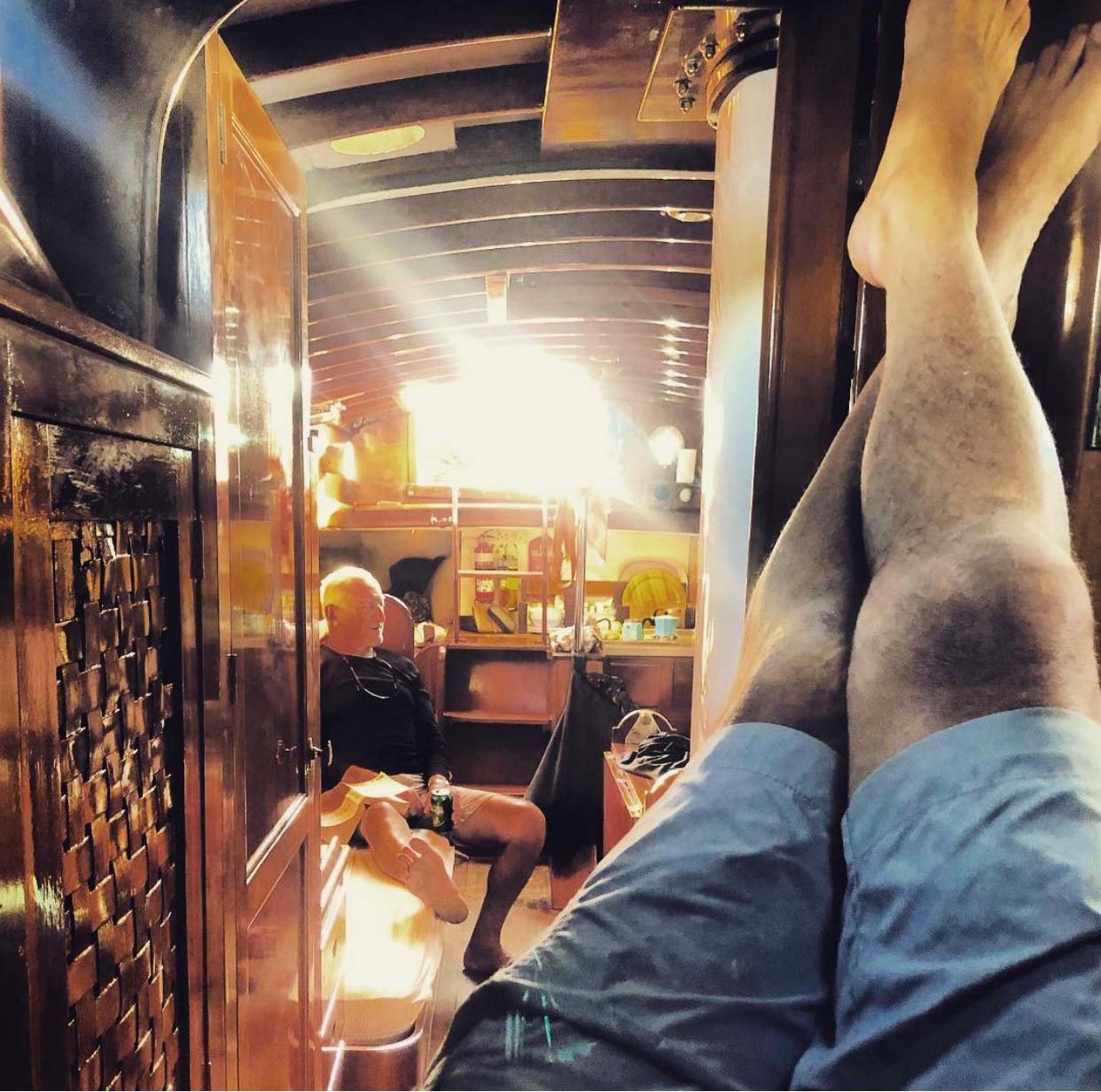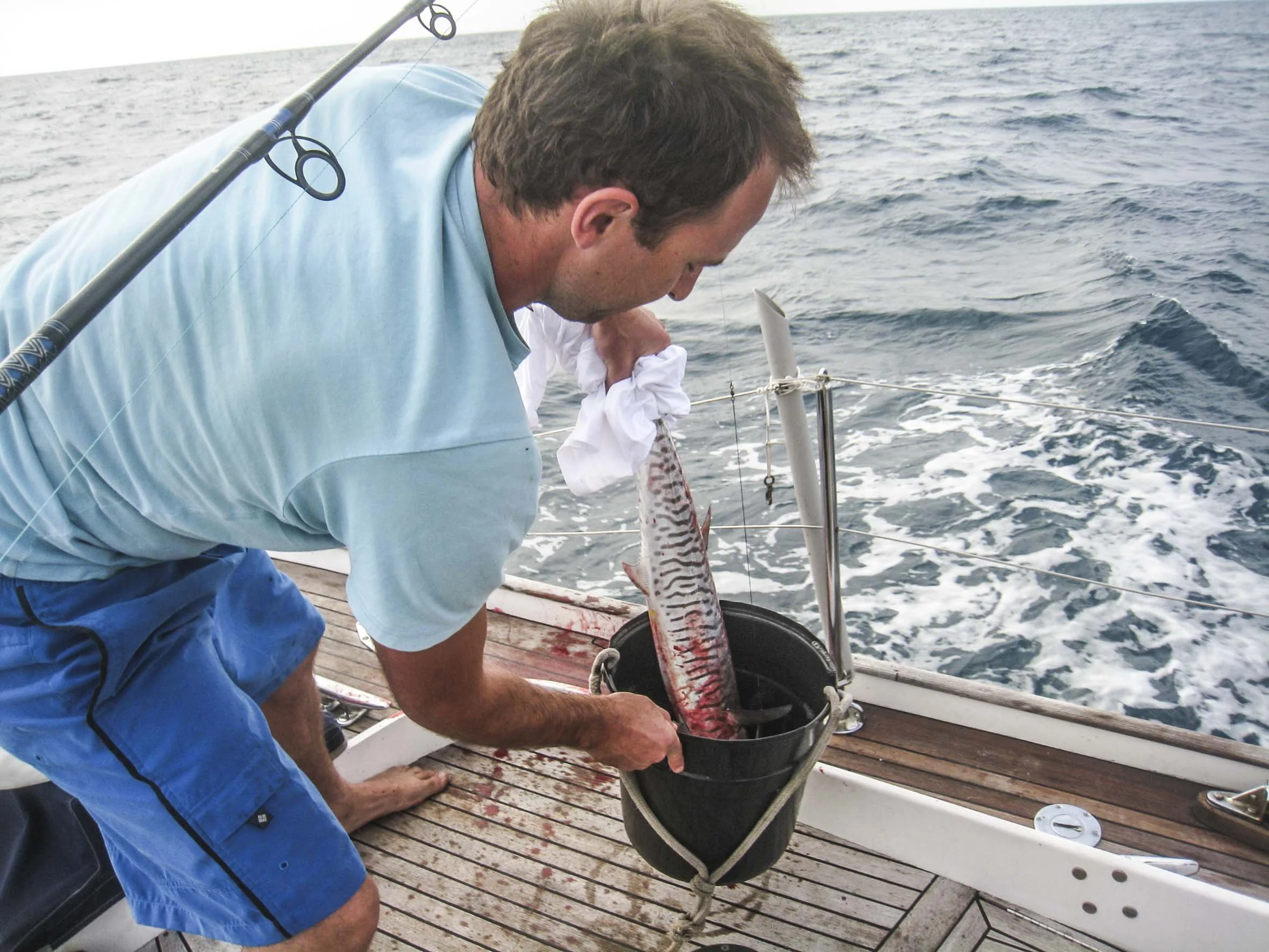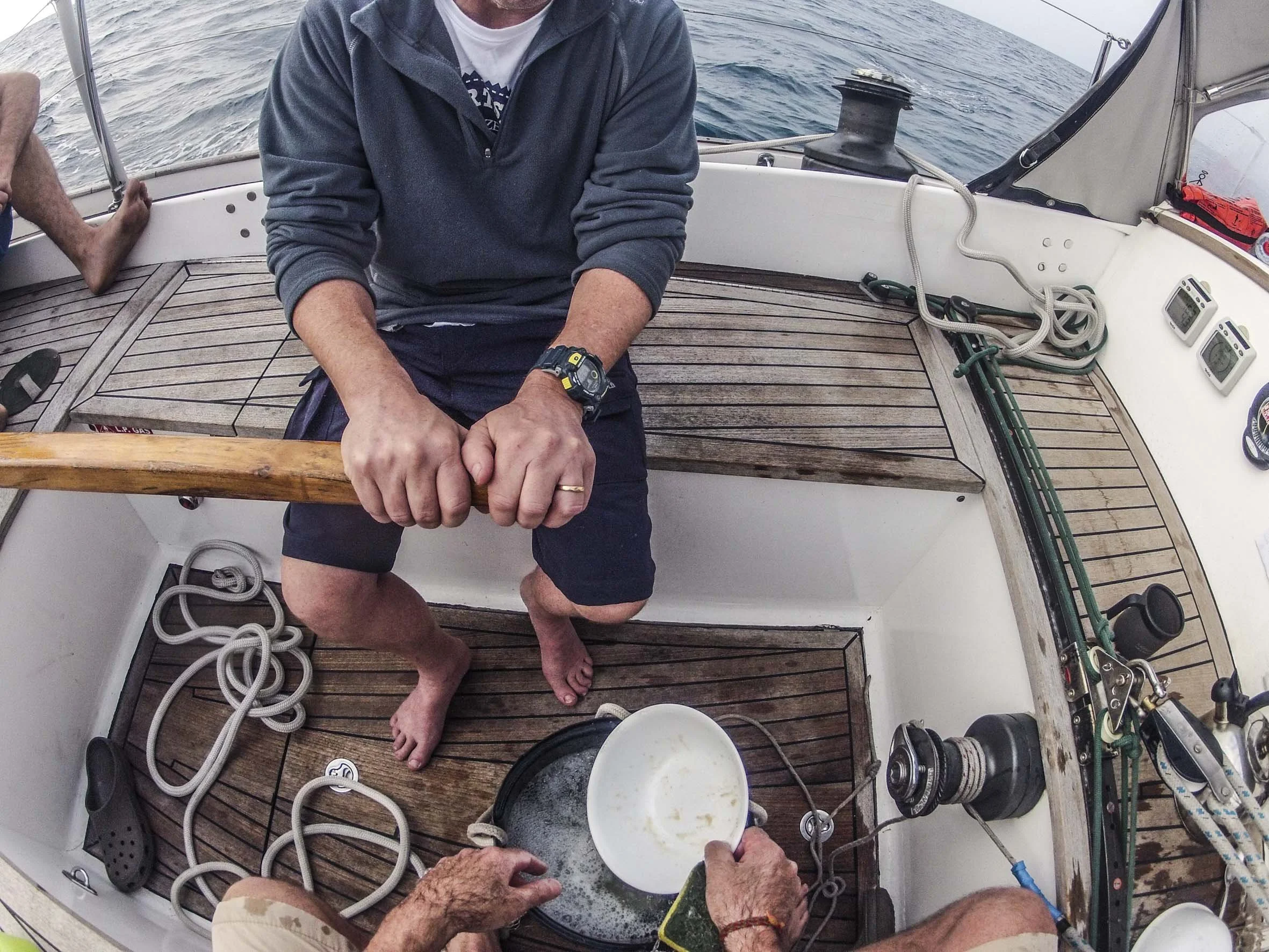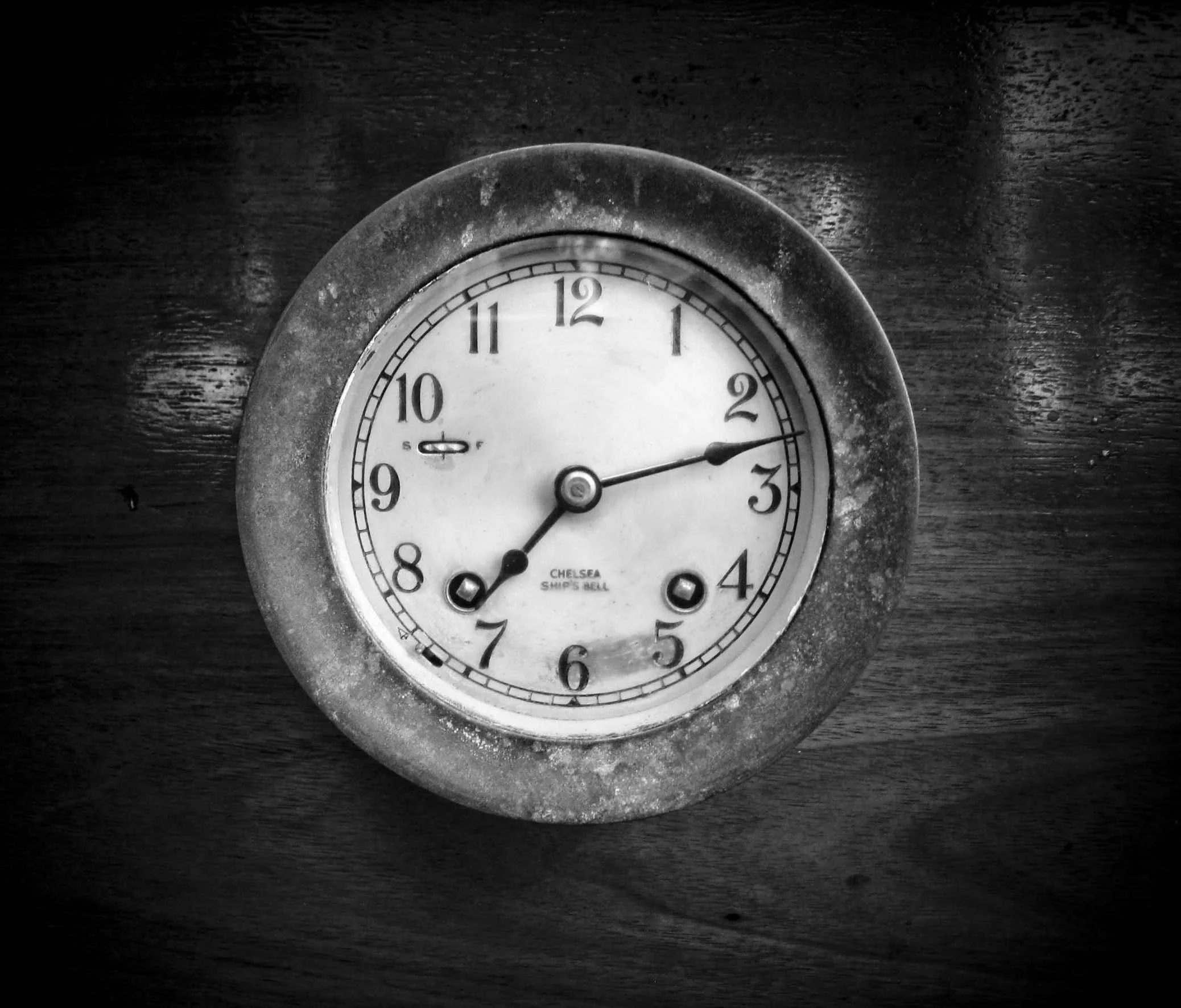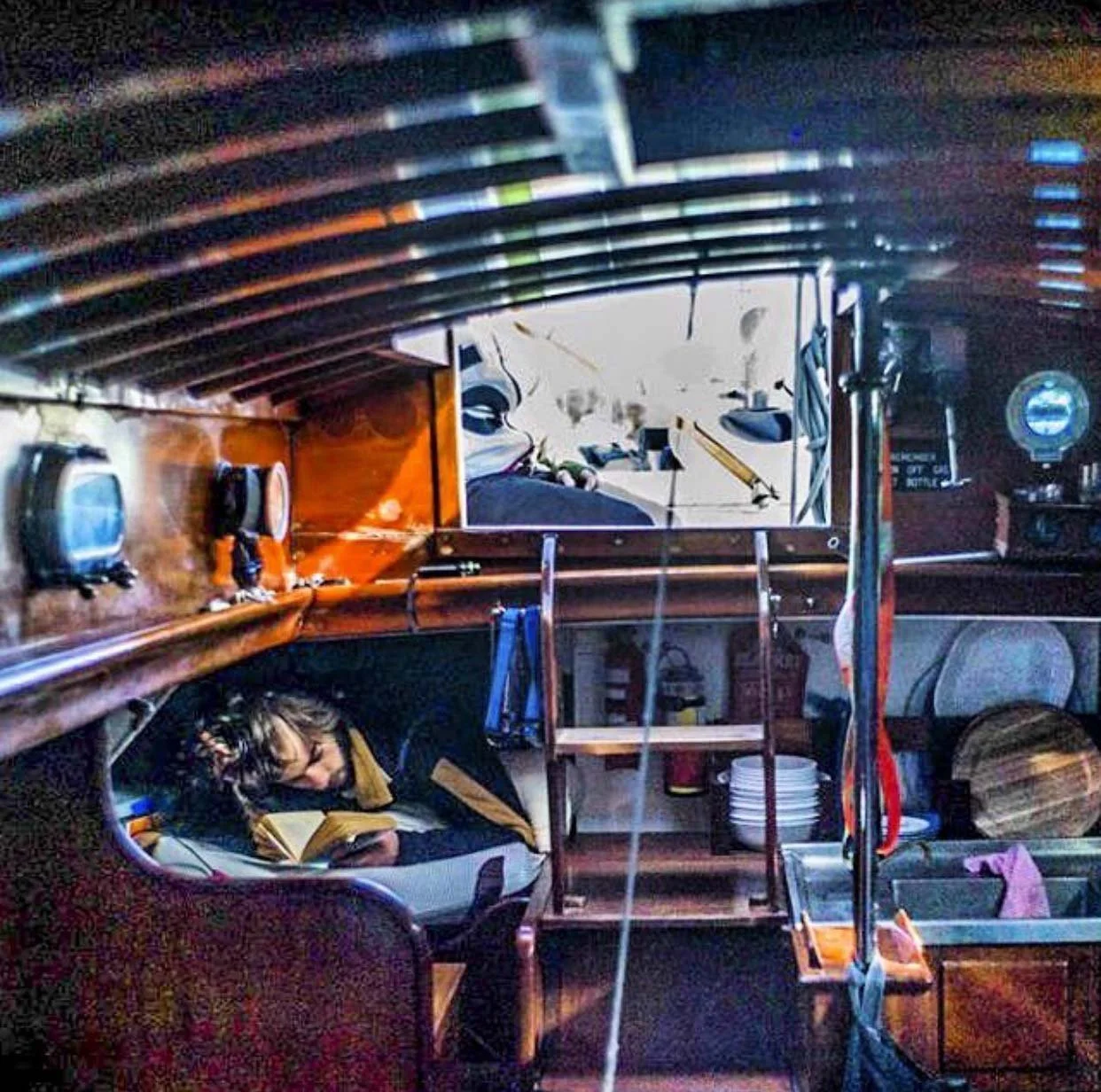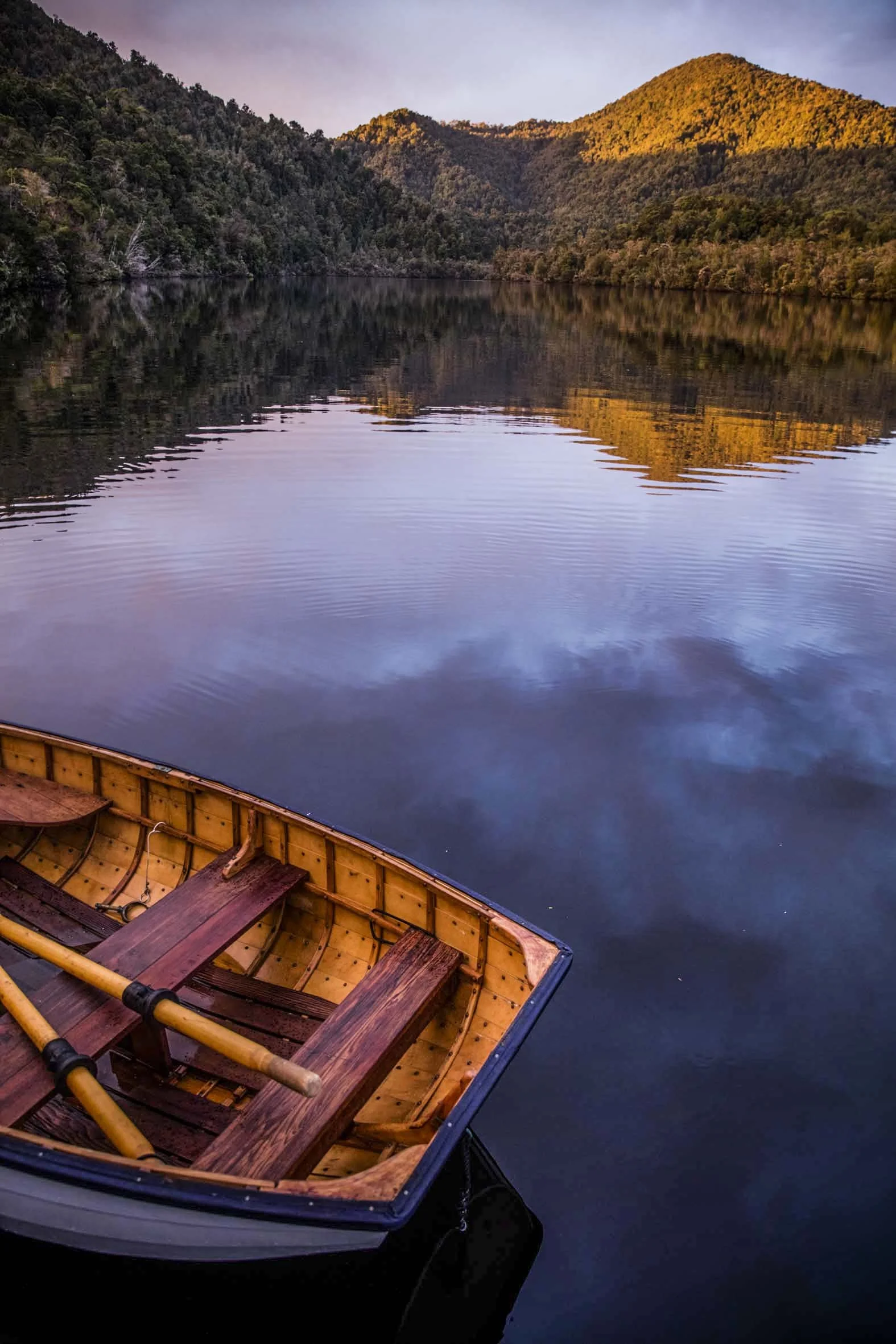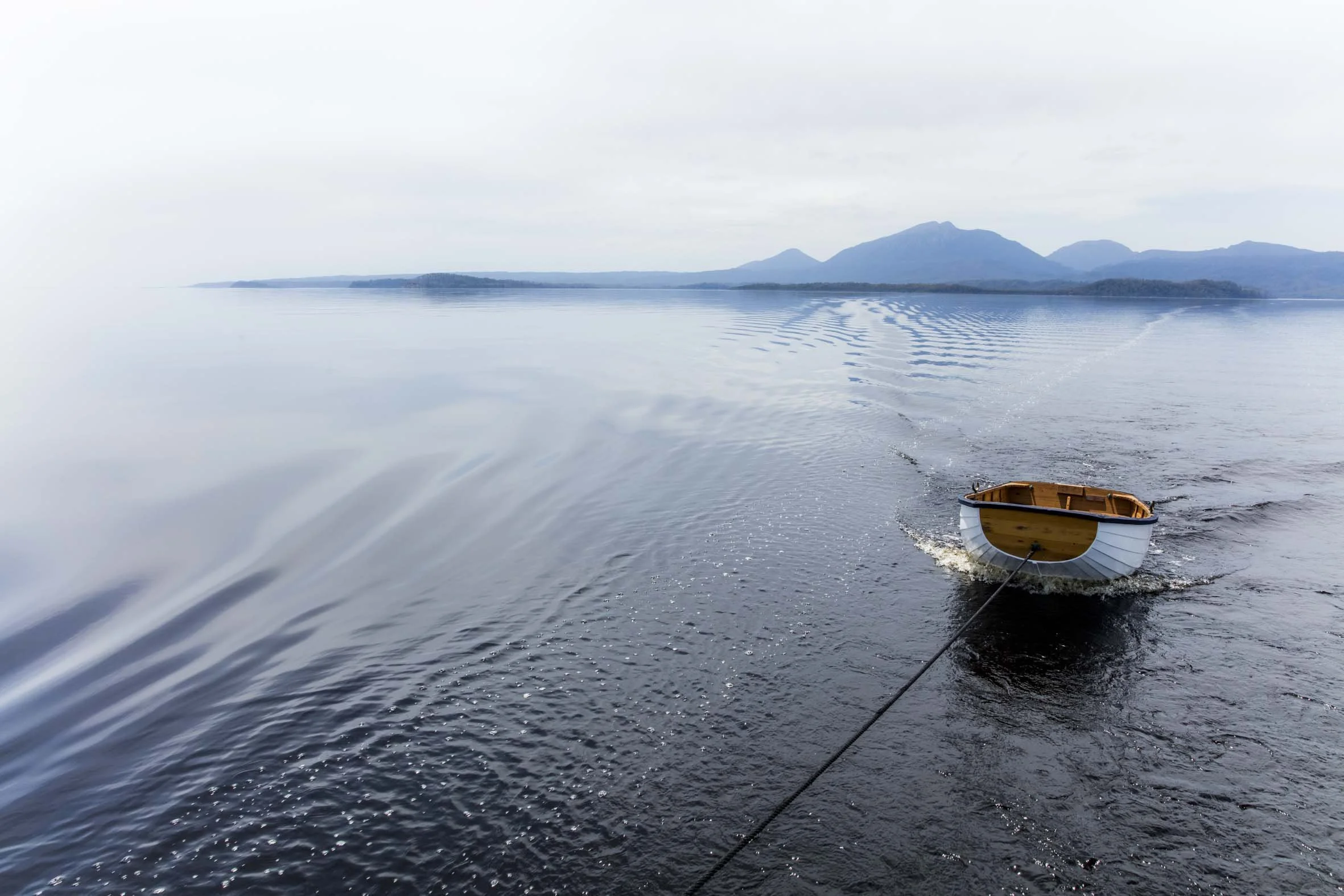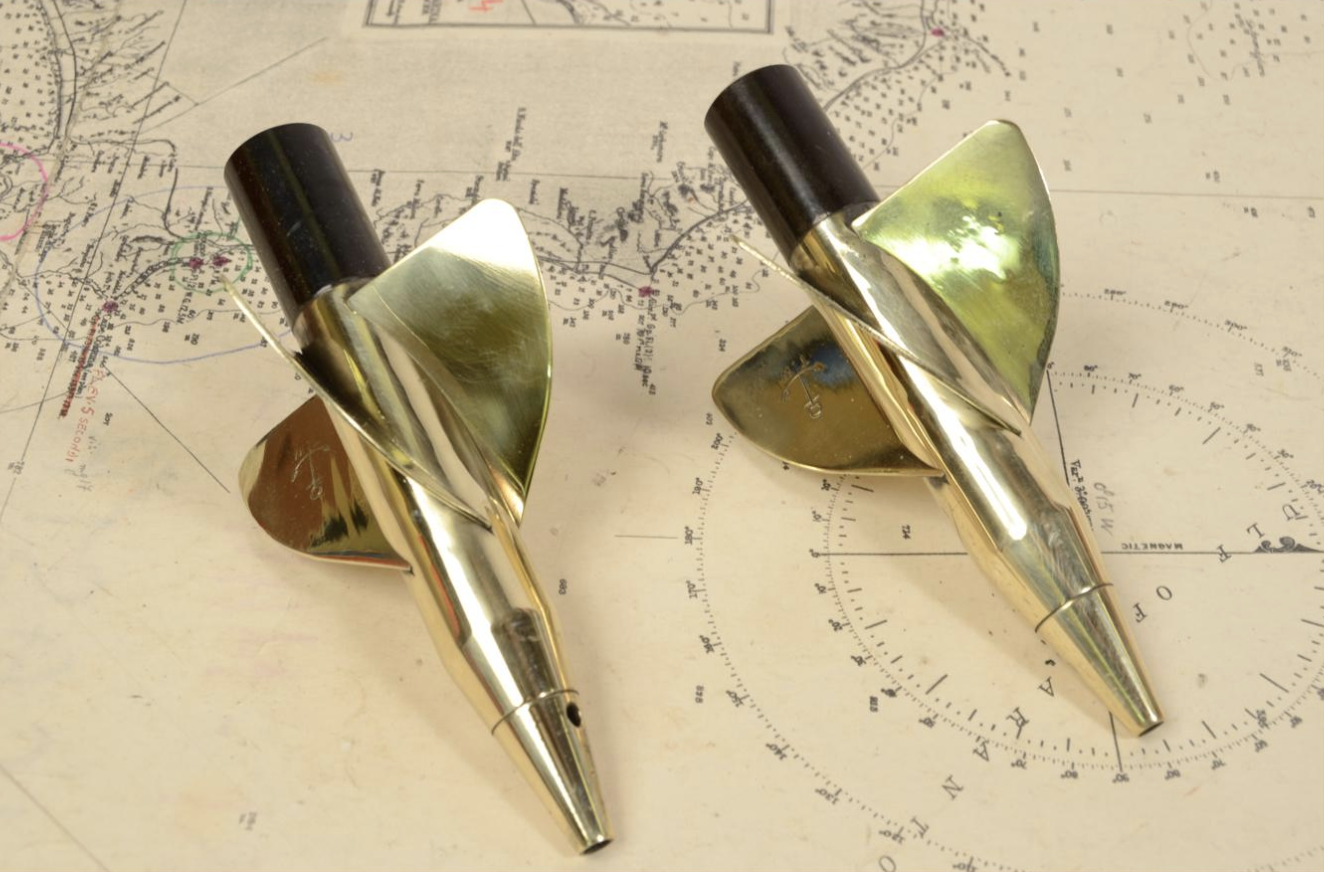All My Possessions for a Moment of Time
By Mark Chew
In the unmemorable words of
Marie Kondo:
“The process of facing and selecting our possessions can be quite painful. It forces us to confront our imperfections and inadequacies and the foolish choices we made in the past.”
Boats have a habit of accumulating “stuff”. I estimate that a 40 footer gathers about a wheelbarrow load every six months. At the end of a season my chart table contains a handful of loose change, a single, tatty sailing glove waiting for a long-lost partner, a pair of cheap emergency sunglasses, a selection of divisional backstay flags in colours that will never be used again and a ‘phone charging cable that works intermittently.
I’m a big believer in getting rid of this stuff. I do it when no one’s watching, as I tend to err on the side of harsh choices.
But every craft has a few special items that define the character of the vessel and its owners. They add to the moth-eaten brocade of history that is every old wooden boat. Without them the vessel would just be a shell, a beautiful shell no doubt, but poorer for shunning their charm.
Here are five items from FAIR WINDS that I would miss more than a grown man should, were they to be jettisoned one day.
EXHIBIT A - A Black bucket
We purchased FAIR WINDS over 20 years ago. In the cockpit locker there was a large black bucket. The most remarkable thing about this bucket is that we have, so far, managed not to lose it! It’s battered and worn, has a nicely spliced rope handle and over the years it would have washed tens of thousands of dishes.
It has also bathed a few small children, collected oysters, been full of flathead and acted as the landing net for many a tuna fish. It used to double up as part of the “cockpit table” before the bespoke version arrived earlier this year. As far as I am aware it has never been used for that other purpose for which buckets on boats are known. In 2019 it developed a small leak (Dear Lisa) but with the judicious use of a hot knife it’s back to full functionality.
EXHIBIT B - Saloon Clock
Another item that came with the boat. It says on the face “Chelsea Ships Bell”. At first, I thought it was English, but this Chelsea is not in London. There’s a little company in Chelsea, Massachusetts, that has weathered 120 years of industrial innovation. Chelsea Clock first opened in 1897, and within a year, designed and patented the chimes of the Chelsea Clock Ship’s Bell, which have long notified U.S. Navy sailors and worldwide mariners of the time, while they serve on watch. It works by ringing one additional chime every half hour over the four hours of a traditional watch system. Midday has 8 bells, 1230 has 1 bell, 1300 two bells etc all the way up until 1600, when we are back to 8 bells. It runs continually during all our passages, and somehow adds rhythm and meaning to long days at sea.
The clock is attached to the starboard cabin side
The chime is not jarring and insistent like a modern alarm clock but reassuring and measured. One wind with the bespoke key keeps it running for a week, during which time it gains about 90 seconds. I should get that looked at…but I probably won’t. It recently acquired a new partner. A Chelsea Barometer…but I’m waiting for the wonderful green patina to develop on the brass case before I introduce it to the wider world. The clock sounds like this….
EXHIBIT C - Tender to FAIR WINDS
Until 2017 FAIR WINDS had a chain of inflatable dinghies as tenders. They generally lasted about 5 years until the coral or oyster shells rendered them more patch that boat. Antony Perri whom I have sailed with for almost 30 years, decided that the solution was to build a timber dinghy. After writing to Mystic Seaport in Connecticut, the keepers of the Philip Rhodes archive, he designed and built a 7’ (correction added, see comment-Ed) long plywood clinker dinghy, that fits snugly on the cabin top under the boom. It has a few drawbacks… It’s a little awkward for one person to launch by themselves, it can only carry three adults (or four after a few drinks), but it rows and motors beautifully, has lasted five years without a major refit and above all else looks stunning.
On many occasions at a wooden boat festival, I have prepared FAIR WINDS as best as I could, only to have the spectators walk past complimenting me on my marvellous dinghy.
EXHIBIT D - Walker Trailing Log
They stopped making these gems in the 1960’s. We don’t keep this one on the boat anymore but perhaps I should. Walker’s Knotmaster Logs were made by Thomas Walker & Son Ltd – Oxford Street, Birmingham, UK. This time-honoured device measures distance travelled in knots. You tow one of the impellers behind the meter, which clamps onto the rail of the yacht; as the impeller turns, it turns the meter which clocks up the miles. This simple idea, combined with precision engineering coming from a time when British industry was in its prime has an irresistible appeal to me.
EXHIBIT E - The Logbook from our first Trans-Tasman Crossing
In April 2002 we left Auckland with five crew and sailed directly to Melbourne. It was a long, memorable passage. We were learning about the boat as we went along, and learning about ourselves. Inevitably, the memories of these trips fade, but leafing through the logbook brings the fears, the joys, the smells and the satisfaction flooding back. I’m sure that proper mariners would be horrified by the standard of our log keeping…. But it’s the offhand comments that matter most to me nowadays.
9/4/02
1815. 35.11.9S 169.57.0E Wind ESE 13 Baro 1021 Full Main and Headsail
Roast Beef with Piselli alla Milanese. Chef Donati, De Bortolli Cab Sav. Not Bad.11/4/02
0455. 36.55.8S 164.50.9 E Baro 1032
Major Calamity! Beer in bilge has had strong galvanic reaction. Forced to drink all leaking cans. May have to stop in Eden?17/4/02
0400. 38.59.0S 148.04.3 E Baro 1018 Strong Wind warning. Blowing 30 Knots out here. Ship 2nm to S’board. Nearly there YEEHAH!
So, without wanting to get too carried away by the words of a “tidying consultant”, I think we should admit that Marie Kondo may have been right when she said
“We should be choosing what
we want to keep, not what we want
to get rid of.”
If you have some cherished items aboard your wooden boat, we would love to hear about them.

